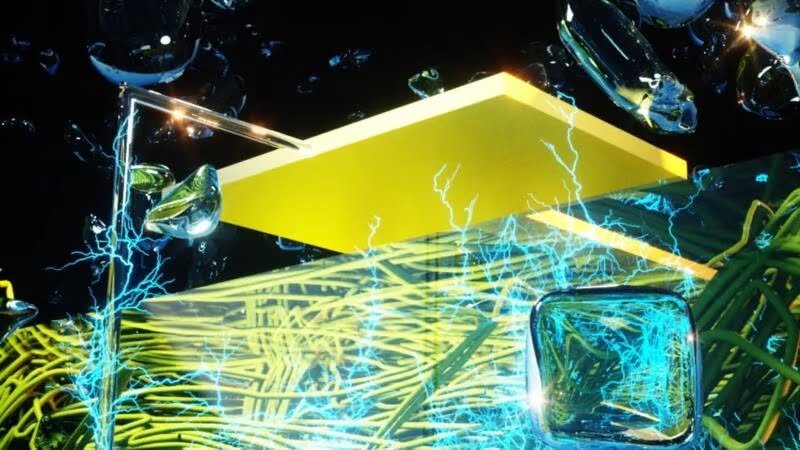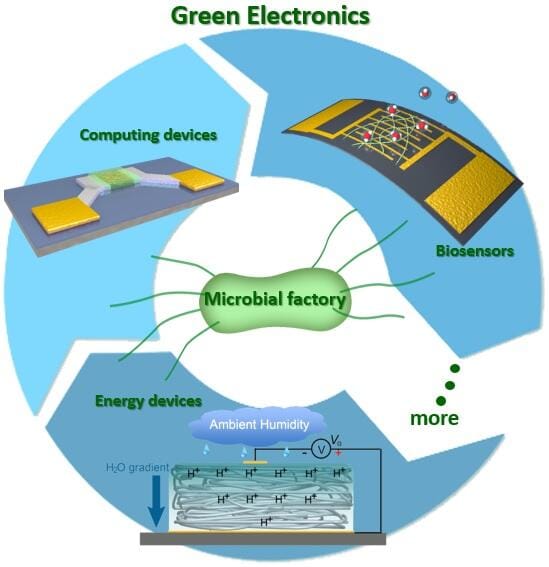Scientists have made an incredible discovery that could revolutionise the way we generate electricity. They have found that almost any material can be used to harness the energy present in air humidity, paving the way for continuous clean energy production with minimal pollution. This ground breaking research, published in a paper in Advanced Materials, builds upon previous work from 2020, which demonstrated that energy could be extracted from the moisture in the air using bacterial materials. The new study reveals that various materials, such as wood or silicon, can be utilised as long as they are broken down into tiny particles and reconstructed with microscopic pores.
Professor Jun Yao, a renowned engineer from the University of Massachusetts at Amherst and the senior author of the study, compares the invention to a small-scale, man-made cloud. He explains, “This is really a very easily accessible, enormous source of continuous clean electricity. Imagine having clean electricity available wherever you go.” This means that whether you find yourself in a forest, hiking on a mountain, exploring a desert, residing in a rural village, or simply on the road, you could have access to electricity generated by an air-powered generator called an “Air-gen.”
POTW: Dr. Adam Earnheardt, Youngstown State University(Opens in a new browser tab)
What makes the Air-gen so remarkable is its ability to offer a constant supply of clean electricity by utilising the energy present in humidity, which is always present in the air, rather than relying on specific environmental conditions like solar panels or wind turbines. Xiaomeng Liu, an engineering graduate student and co-author of the study, expresses their excitement, stating, “We are opening up a wide door for harvesting clean electricity from thin air.”
The Air-gen device, no larger than a fingernail and thinner than a single hair, contains numerous minuscule holes known as nanopores. These nanopores, with a diameter smaller than 100 nanometers, enable the passage of water molecules in a way that creates a charge imbalance between the upper and lower parts of the device, effectively functioning as a continuous battery.
Although a single prototype currently generates only a small amount of energy, capable of powering a small dot of light on a large screen, the potential of the Air-gen is astounding. By stacking multiple Air-gens on top of each other, with spaces of air in between, the researchers believe that around 1 billion devices, collectively about the size of a refrigerator, could produce a kilowatt of power and partially sustain a home under ideal conditions. However, the challenge lies in optimising the device’s efficiency, to reduce it to a much smaller size that would be practical to be used in the home or within electrical devices.
The researchers are also exploring the most efficient materials to use in different climates and considering ways to scale up the device without obstructing the capture of humidity. Furthermore, they aim to enhance the stackability of the Air-gen devices and increase their energy-capturing capabilities. While the timeline for these advancements remains uncertain, Professor Yao envisions a future where Air-gens can be integrated into various applications. They could be embedded in wall paint to power homes, produced on a larger scale in unused city spaces, or strategically placed in hard-to-access areas within offices.
One of the most exciting aspects of this breakthrough is its potential to extract fewer resources from the environment compared to other renewable energy sources. As Professor Yao emphasizes, “The entire earth is covered with a thick layer of humidity. It’s an enormous source of clean energy. This is just the beginning of making use of that.”. While there are still challenges to overcome and further research to be conducted, the discovery of harvesting clean electricity from thin air opens up a world of possibilities.


